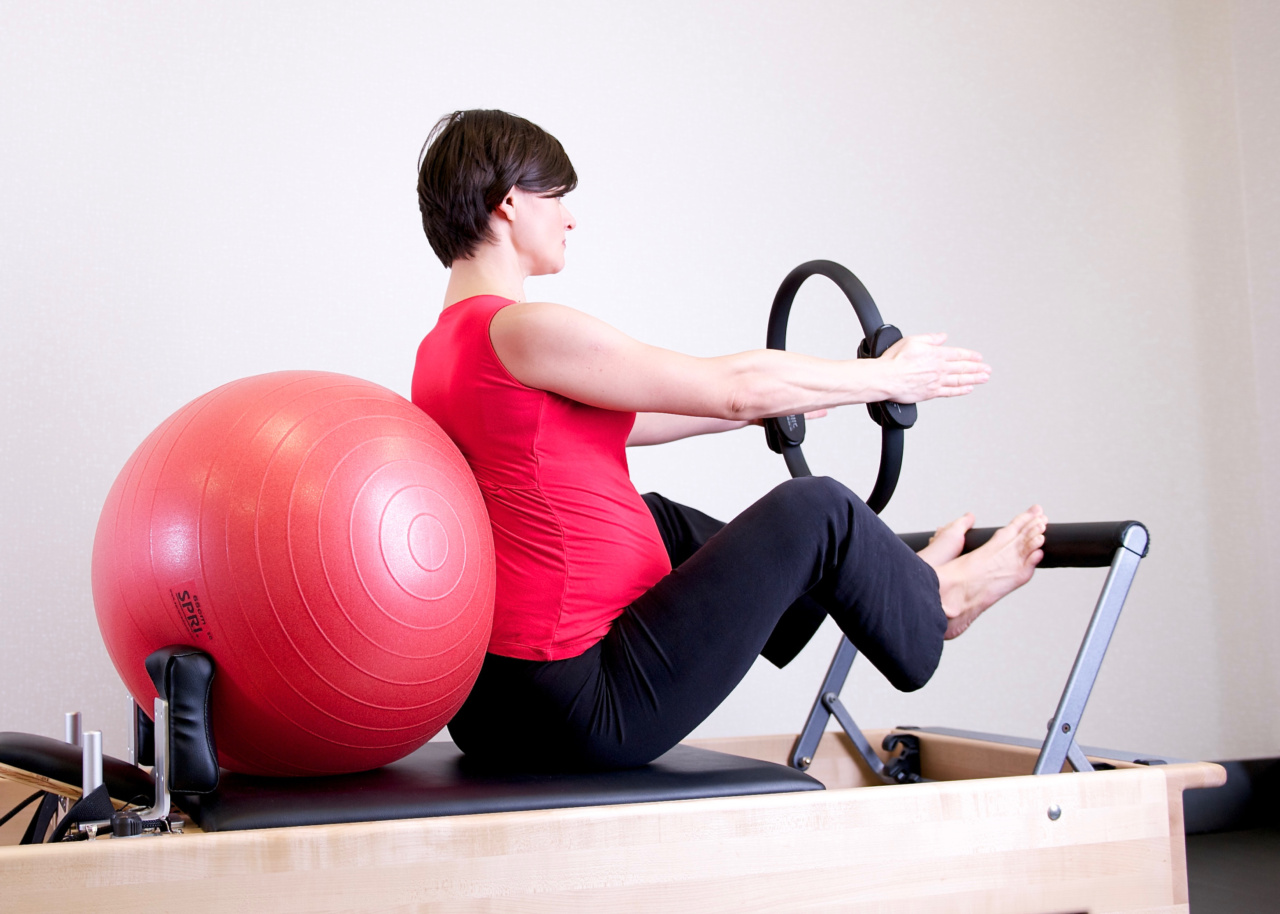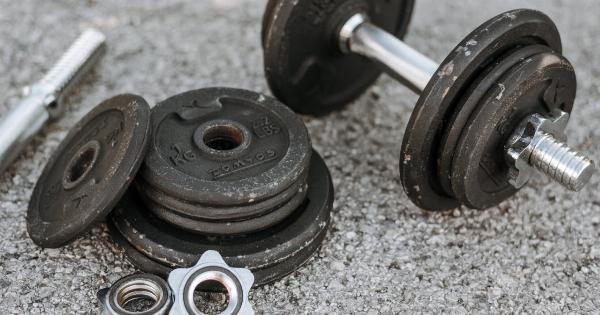Gymnastics is a physically demanding sport that requires strength, flexibility, and agility. However, if you are pregnant, participating in gymnastics requires careful consideration and precaution.
While exercising during pregnancy can have numerous benefits, including improved cardiovascular health and reduced risk of gestational diabetes, implementing safety measures becomes crucial to protect both you and your growing baby. This article will outline 14 precautions for safe gymnastics while pregnant, ensuring that you can continue to enjoy the sport while prioritizing your well-being and that of your little one.
1. Get Approval from Your Healthcare Provider
Before engaging in any physical activity during pregnancy, including gymnastics, it is essential to consult your healthcare provider.
They will evaluate your individual circumstances and determine whether gymnastics is safe for you based on your medical history, current health, and any potential risk factors.
2. Start with a Warm-Up
A thorough warm-up is crucial before engaging in any exercise, particularly during pregnancy. Spending a few minutes gently warming up your body helps increase blood flow to your muscles and reduces the risk of injury.
Choose low-impact activities such as brisk walking or gentle stretching to warm up your muscles before starting your gymnastics routine.
3. Modify Your Routine
Pregnancy brings numerous physiological changes, such as increased joint laxity and a shifting center of gravity. Consequently, you may need to modify your usual gymnastics routine to accommodate these changes.
Avoid high-impact moves, such as jumps or flips, which can put excess strain on your joints and pelvic floor muscles.
4. Opt for Low-Impact Exercises
While high-impact exercises are generally discouraged during pregnancy, there are still plenty of low-impact gymnastic moves you can safely incorporate into your routine.
Choose exercises that focus on improving flexibility, balance, and core strength, such as gentle stretches, modified lunges, or prenatal yoga poses.
5. Avoid Overexertion
Being mindful of your exertion levels is crucial during pregnancy. Make sure not to push yourself too hard or engage in activities that leave you excessively fatigued.
Overexertion can lead to overheating, dizziness, and potential complications for both you and your baby. Monitor your heart rate and breathing throughout your gymnastics routine and aim to keep it within your target range.
6. Stay Hydrated
Proper hydration is essential for everyone, and even more so when you’re pregnant and engaging in physical activity. Remember to drink plenty of fluids before, during, and after your gymnastics session to stay adequately hydrated.
Dehydration can increase the risk of overheating, muscle cramps, and reduce blood flow to the baby.
7. Listen to Your Body
Your body is an excellent indicator of what feels comfortable and what doesn’t. Pay close attention to any warning signs or discomfort during your gymnastics routine.
If you experience pain, dizziness, excessive shortness of breath, or vaginal bleeding, stop exercising immediately and seek medical attention.
8. Use Proper Safety Equipment
When participating in gymnastics, it is crucial to use appropriate safety equipment to minimize the risk of injury. This applies even more when you are pregnant.
Ensure that you wear well-fitted and supportive athletic shoes, appropriate clothing, and any necessary protective gear. Additionally, consider using a supportive belly band to provide additional comfort and stability.
9. Focus on Balance and Stability
As your pregnancy progresses, your center of gravity shifts, making it important to focus on improving balance and stability during your gymnastics routine.
Incorporate exercises that target these aspects, such as standing on one leg, pelvic tilts, or modified one-arm planks to build strength and stability.
10. Avoid Contact Sports
Participating in contact sports during pregnancy carries an increased risk of trauma to both you and your baby. It is advisable to avoid sports like gymnastic routines that involve contact with others or equipment.
Opt for safer alternatives that minimize the chances of accidental collision or impact.
11. Support Your Pelvic Floor Muscles
Pregnancy places additional strain on the pelvic floor muscles, which support the uterus, bladder, and rectum. Weak pelvic floor muscles can contribute to urinary incontinence and other complications.
Perform regular pelvic floor exercises, such as Kegels, to help strengthen these muscles and reduce the risk of complications.
12. Take Breaks and Rest
It is important to listen to your body’s cues and take breaks as needed during your gymnastics session. Avoid excessive fatigue and prolonged periods of exercise.
Allow yourself time to rest and recover between intervals to avoid overexertion and optimize your overall well-being.
13. Maintain Proper Body Temperature
During pregnancy, your body’s ability to regulate its temperature may be slightly impaired. Avoid exercising in excessively hot or humid environments, as it increases the risk of dehydration and overheating.
If you feel too hot, take breaks and find a cool, well-ventilated area to continue your gymnastics routine.
14. Stay Informed and Educated
Pregnancy is a unique journey, and it’s important to stay informed about the latest guidelines and recommendations for safe exercise during this period.
Keep yourself updated by reading reputable sources, consulting with healthcare providers, and seeking guidance from prenatal fitness experts who can provide specific advice tailored to your needs.

























